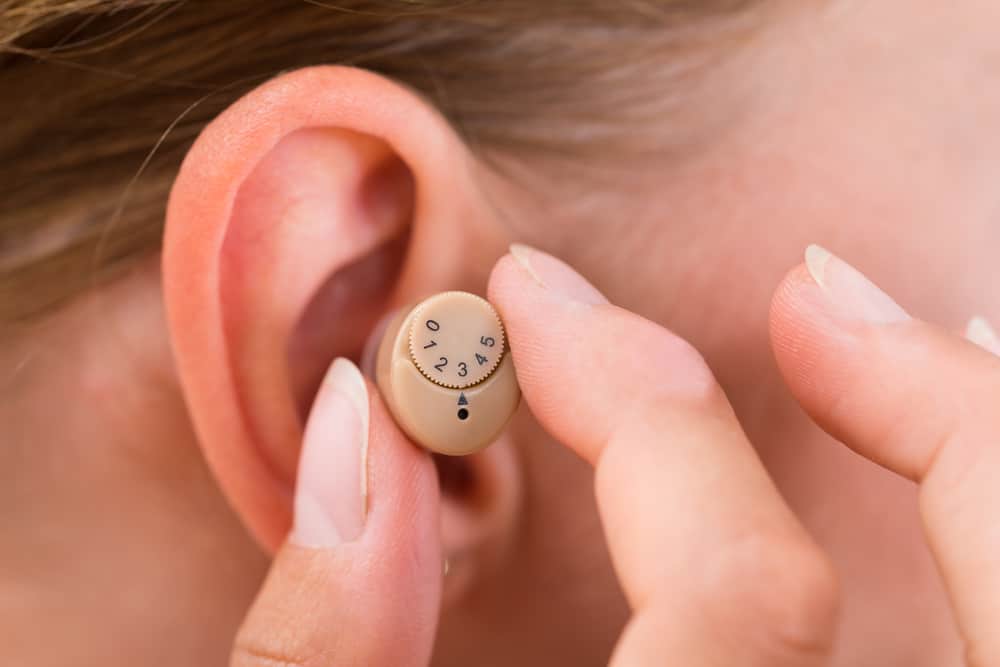Deciding to use a hearing aid can be a tough decision. The many types of hearing aids can seem overwhelming at first glance. To decide which hearing aid works best for you, take a few things about your individual needs into consideration, and compare key features of the types of hearing aids available today. This step can make the decision-making process much easier for you.
Before deciding to purchase hearing aids, it’s vital to do some research and visit your doctor. That way, you can better understand your individual needs. You can also learn about the specific type of hearing aid you’ll need.

Hearing aids are made in several different sizes and come at varying price points as well. Smaller is not necessarily always better or more effective, so it’s essential to decide what is necessary for you to hear better. Starting with the smallest, least visible model, consider the Completely-in-the-Canal (CIC) hearing aid. This option is molded to fit inside your ear. As it is the smallest, it is also the option with the least amount of features, which means it has a shorter battery life, is relatively small, and can be challenging to handle.
Another option is the In-the-Canal (ITC) hearing aid. This particular model is still much less visible than more oversized styles and will help with mild to moderate hearing loss. It also includes features not available on smaller types of hearing aids, such as volume control.

There are two types of In-the-Ear (ITE) hearing aids. The first and larger one fits most of the entire area of the outer ear. The second option only fits into the lower half of the outer ear. As these models are slightly larger, they also can feature volume control and a larger battery for more extended periods of use but are also more visible.
The Behind-the-Ear (BTE) type of hearing aid sits over the top of your ear and curves to the back of the ear. This version is a larger model, so it offers durability, features a larger battery size, and volume controls features. This model’s drawbacks are that the hearing aid is larger and much more visible, and it can pick up more wind noise. But overall, this is a versatile option with an easier time getting fit for it, and is a great choice for almost anyone with some hearing loss.

Another model to consider is the Receiver-in-Canal (RIC) or Receiver-in-the-Ear (RITE). This hearing aid model is more streamlined and less conspicuous as it features a wire that connects the part over your ear to the piece behind your ear. It is less visible regarding the behind the ear aspect, but it can be difficult to handle due to its smaller size and is also prone to getting clogged from ear wax buildup.
The last model to consider when deciding on what type of hearing aid is best for you is the open fit model. This hearing aid is similar to the behind-the-ear style, but a thin wire instead of a tube connects the two pieces. This hearing aid’s advantage is that it keeps the ear canal much more open, which lets lower frequency sounds enter the ear more naturally, while it will amplify higher frequency sounds as they enter the ear. Again, this style is less visible than other models, and because of its size, it may be more challenging to handle and maintain.

After doing some research, some aspects to consider carefully are how much you are concerned with the hearing aid’s look and how well others can see it. Another important consideration is your ability to handle smaller parts like the volume control feature and changing the battery when necessary.